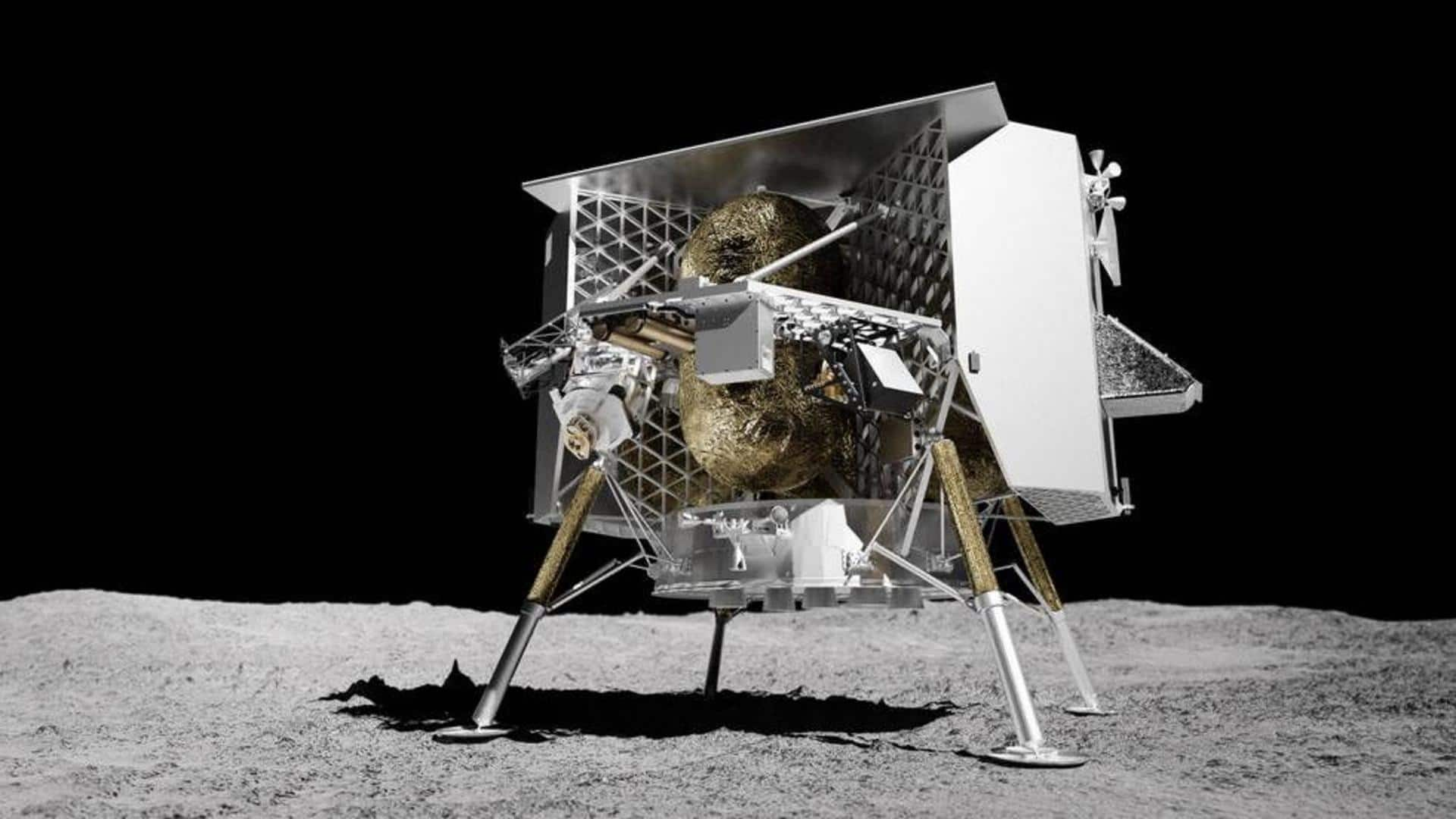
On February 23, the United States was supposed to put a lunar lander on the Moon’s surface for the first time since Apollo 17 in 1972. The Peregrine Mission One had a smooth start as the new Vulcan rocket, built by United Launch Alliance, successfully completed its maiden flight on January 8.
But things took a turn just a few hours after the lander’s separation from the rocket. Astrobotic Technology, a Pittsburgh-based private company behind the lander, noticed an apparent failure within the propulsion system.
The issue sent the lander into a spin, making it difficult to keep the solar panels pointed toward the Sun. Additionally, the failure caused a fuel leak threatening the planned soft landing on the Moon.
Just 32 hours after the lander started its operations in space, Astrobotic admitted the Moon landing was impossible. The critical loss of propellant – hypothesized to be a valve that failed to close fully, leading to a subsequent rupture of the oxidizer tank – meant there was not enough fuel onboard.
Therefore, the Peregrine mission lasted only 10 days. On Friday, Astrobotic confirmed it had received independent confirmation of the lander’s safe, controlled re-entry into Earth’s atmosphere the day before. First, the Peregrine lander reached the Moon’s distance, then it circled back and burned upon returning to Earth.

A view of the Earth as the Peregrine lunar lander approaches it to burn in the atmosphere.
Astrobotic’s commercial mission was part of NASA’s Commercial Lunar Payload Services (CLPS) initiative, which aims to advance capabilities for science, exploration, or commercial development of the Moon under the agency’s Artemis program. Despite that, Astrobotic had a final say over Peregrine’s fate.
The aforementioned leak was slowing down and there was still a substantial amount of propellant onboard to operate the vehicle in a spacecraft mode. Subsequent tests even indicated that Peregrine could avoid the re-entry of Earth’s atmosphere and extend its mission for potentially several more weeks.
However, there was a lot of uncertainty, as the damaged propulsion system could misbehave and the main engine and thrusters were out of their operating range or beyond their expected service cycles.
Based on these uncertainties and NASA’s recommendations, Astrobotic made a huge decision. They set aside their ambitions and chose not to attempt to avoid the Earth.
As Astrobotic explained, they made the difficult decision to protect satellites in Earth orbit and to ensure they don’t create debris in cislunar space: “By responsibly ending Peregrine’s mission, we are doing our part to preserve the future of cislunar space for all.”
Despite the inability to reach its ultimate goal, Peregrine’s 10-day-long journey will benefit future space missions toward the Moon.
Astrobotic worked hard to use its time on cislunar orbit to test all the experiments onboard. It successfully received data from all nine payloads designed to communicate with the lander, and all 10 payloads requiring power have received it (there were also 10 more passive payloads onboard).
For example, NASA payloads were making measurements of the radiation environment in interplanetary space around Earth and the Moon, said the agency at the time:
“The two instruments are measuring different components of the radiation spectrum, which provide complementary insights into the galactic cosmic ray activity and space weather resulting from solar activity. This data helps characterize the interplanetary radiation environment for humans and electronics.”
The real-life data will be invaluable for scientists and engineers, assuring them that their instruments work as planned and can be utilized in future missions.
There are seven additional CLPS missions planned for the upcoming months and years. One of them is another Astrobotic effort dubbed Griffin Mission One, aiming to land NASA’s VIPER rover on the Moon this November.
Images: Astrobotic Technology
- Mutton
-

 1
1



3175x175(CURRENT).thumb.jpg.b05acc060982b36f5891ba728e6d953c.jpg)
Recommended Comments
Join the conversation
You can post now and register later. If you have an account, sign in now to post with your account.
Note: Your post will require moderator approval before it will be visible.